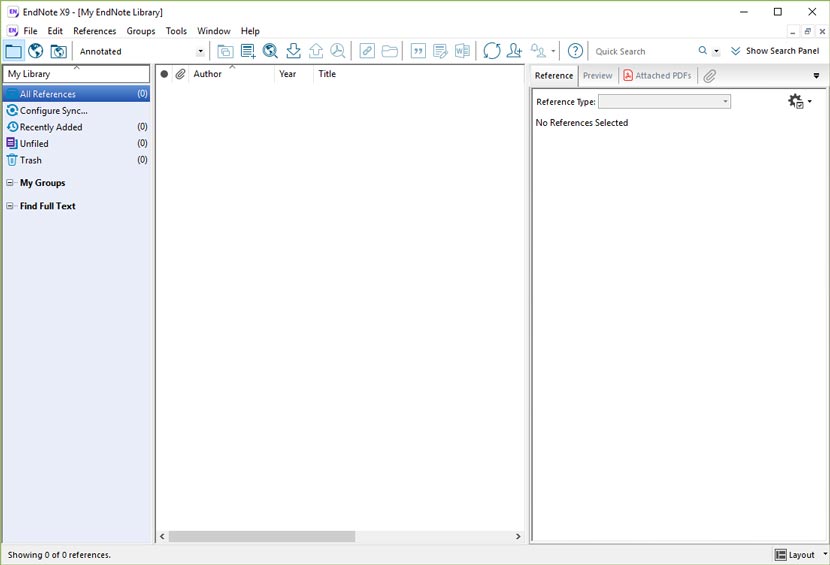
Virtual schooling classes are frequently asynchronous, where students and teachers do not have to be online at the same time, allowing for learning anytime and any place. Students at the middle school and high school levels often independently communicate via email, text, telephone, or video for group and individualized learning. At the elementary school level, online learning typically requires parental involvement and facilitation. Formal virtual schools exist nationwide at all levels from kindergarten through 12th grade for both general and special education. Virtual schooling is the delivery of instruction through technology to students physically separated from their teachers. 3 As policy makers, health care professionals, and parents prepare for the fall semester and as public and private schools grapple with how to make that possible, a better understanding of K-12 virtual learning options and outcomes may facilitate those difficult decisions. While more than a billion children worldwide newly experienced this pandemic-related abrupt transition to online education, at least 2% of US students and many more globally had already been participating in online instruction from K-12 online or virtual schools.

However, K-12 online learning started in the mid-1990s under the broad label of K-12 online and blended instruction (blended refers to the use of both face-to-face and online formats). This unprecedented spring transition was an introduction to K-12 online learning for many educators and families. As government officials attempt to plan for the fall, the American Academy of Pediatrics released a statement supporting the return to traditional school as soon as possible to preserve education and socialization while limiting the exacerbation of existing educational disparities for high-risk populations. Although teachers deserve high praise for their rapid response, the educational outcomes were unsatisfying, families were burdened, and most are hesitant to repeat the same format. Most parents, schools, and teachers were unprepared and untrained to handle the complexities inherent to educating as well as the demands of the technology needed to support these efforts. Teachers used some form of paper mailings and electronic technology (eg, video conferencing, emailing) to deliver content to students, while parents assumed a coteaching responsibility. 1 To protect students and staff, as well as to flatten the infection curve, parents, teachers, and policy makers endorsed and implemented a modified version of homeschooling in the spring in the US and across the globe. The coronavirus disease 2019 (COVID-19) pandemic has significantly affected K-12 education in 2020.



 0 kommentar(er)
0 kommentar(er)
